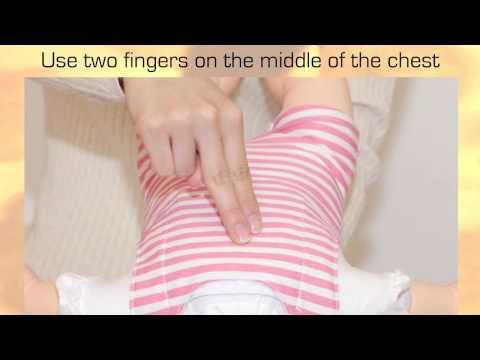Air Versus Oxygen
Air Versus Oxygen
The use of oxygen or air in newborn resuscitation remains controversial as there are concerns about oxygen toxicity and the development of neonatal encephalopathy.
It has been shown that newborn infants may be resuscitated effective with either air or 100% oxygen; the most important intervention is to aerate the lungs to allow gas exchange to occur. High concentrations of oxygen should be avoided if possible, particularly in preterm infants.
If the baby fails to improve when resuscitated with air, or if the baby remains cyanosed, than supplementary oxygen should be considered. A baby who has arrested will respond more quickly to resuscitation with 100% oxygen rather than room air.
Key Point on Neonatal Resuscitation
PPV( Positive Pressure Ventilation )
- Start with AIR with term babies
- Best to use a PPV device with a pressure gauge. 30 cm H20 (term) and 25 cm H20 (premature)
- Be sure you are ventilating the neonate
- Chest rise
- Breath sounds
- Rising O2 saturation
Chest Compression
DO NOT Start Chest compressions unless baby has received 30 sec of
Effective ventilation and HR < 60
CPR (Cardio-Pulmonary Resusitation)
- Use 100% O2 with chest compressions
- Coordinate ventilation and chest compressions
- Intubation recommended after 30 sec of chest compressions
- Reassess baby after 45-60 sec of CPR
Drugs
epinephrine
- Used if heart rate is < 60
After
- 30 sec of PPV and
- 45-60 sec of PPV and chest compressions
- Epinephrine 1:10,000 solution (0.1mg/ml)
- 0.1-0.3 ml/kg IV
- 0.5-1.0 ml/kg ETT
- 1.0 ml saline flush
- Continue CPR
- Reassess after 60 sec
- May repeat dose q 5 min
Volume Resuscitation
- 10 ml/kg IV given over 5-10 min
- Normal saline
- Ringers lactate
- O negative whole blood
